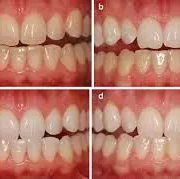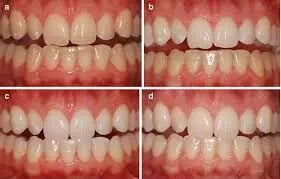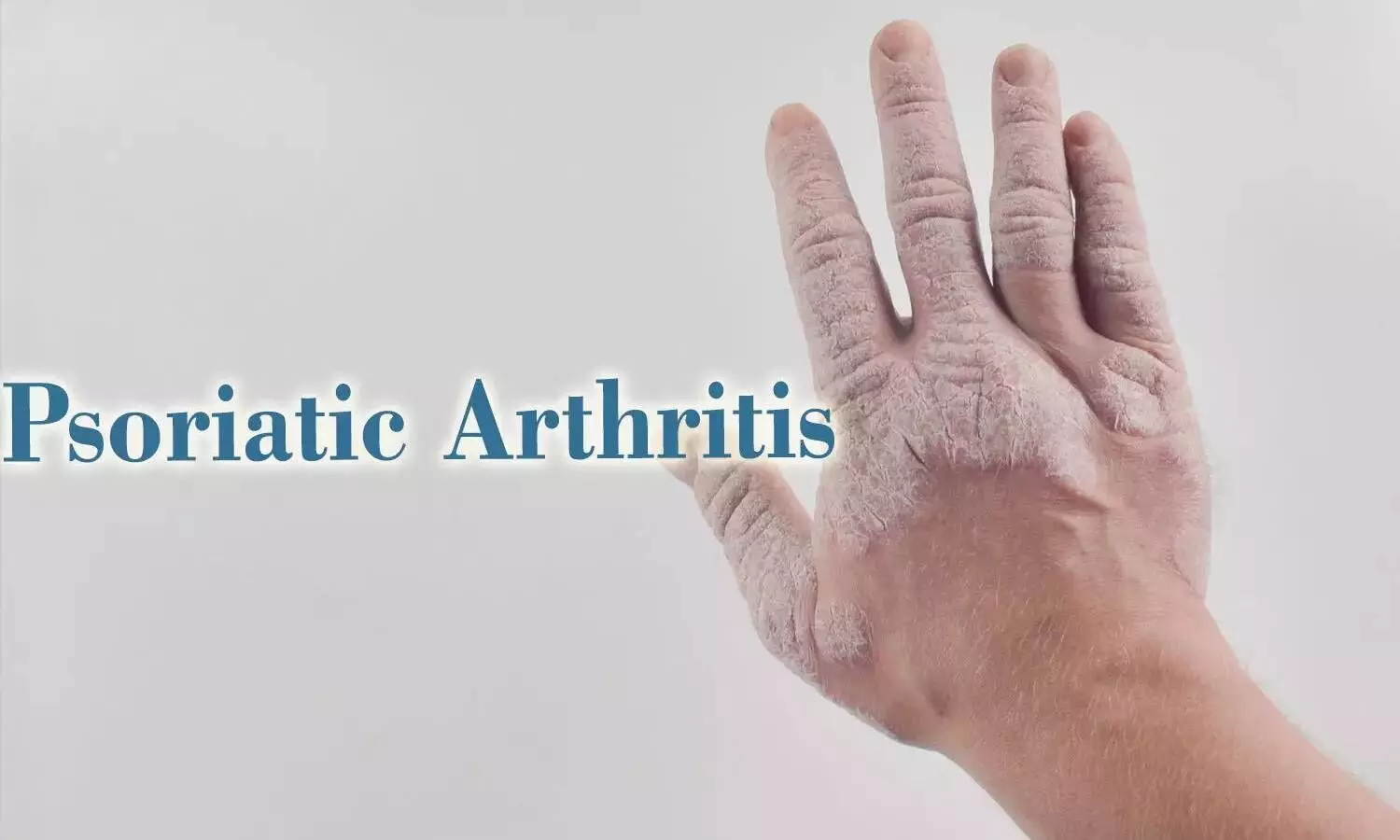Coaxial SIL Drains Less Painful Yet Equally Effective as PVC Drains after video-assisted thoracoscopic surgery lung resections: Study

A new study has confirmed that coaxial silicone (SIL) drains, due to their softer material, result in less patient discomfort while providing drainage efficacy comparable to that of traditional PVC drains after video-assisted thoracoscopic surgery (VATS) lung resections.
Chest drains are routinely used after video-assisted thoracoscopic surgery (VATS) lung resections to evacuate fluid and air from the pleural space. We compared the impact of coaxial silicone (SIL) drains vs. standard polyvinyl chloride (PVC) drains on postoperative pain, drainage efficacy, and short-term treatment outcome following VATS lobectomy.
The prospective randomized study included 80 patients who underwent VATS lobectomy for lung cancer between September 2020 and June 2023. Patients were randomized into two groups based on the type of chest drain used postoperatively: 40 in the experimental group (coaxial SIL drain Fr 24) and 40 in the control group (standard PVC drain Fr 24). The researchers collecting the data and the caregivers were not blinded to the group allocation. The primary objective was to evaluate pain over the initial 2 postoperative days by assessing analgesic consumption, respiratory muscle strength [measured as maximal inspiratory pressure (MIP) and maximal expiratory pressure (MEP)], and pain intensity using the visual analog scale (VAS). MIP, MEP, and VAS were measured both at rest and during physical activity.
Sixty-nine patients were included in the final analysis: 35 in the experimental group and 34 in the control group. The groups were comparable in terms of drainage efficacy and short-term treatment outcome, but pain was significantly lower in the experimental group (coaxial SIL drain). Diclofenac consumption was significantly lower in the experimental group (P=0.004), with a trend toward lower consumption of other analgesics. All respiratory muscle strength measurements were higher in the experimental group, with significant differences in static MIP on the second postoperative day (P=0.046), both static (P=0.02) and dynamic (P=0.050) MEP on the first postoperative day, and static MEP on the second postoperative day (P=0.02). Static VAS (S-VAS) on the first postoperative day was statistically significantly lower in the experimental group (P=0.003). Dynamic VAS (D-VAS) was comparable between the groups.
This study confirmed the hypothesis that coaxial SIL drains, owing to their softer material, cause less pain while maintaining efficacy comparable to standard PVC drains.
Reference:
Boris Greif, Janez Žgajnar, Tomaž Štupnik, Impact of chest tube type on pain, drainage efficacy, and short-term treatment outcome following video-assisted thoracoscopic surgery lobectomy: a randomized controlled trial comparing coaxial silicone drains and standard polyvinyl chloride drains, Journal of Thoracic Disease, DOI:10.21037/jtd-24-1489
Powered by WPeMatico



















